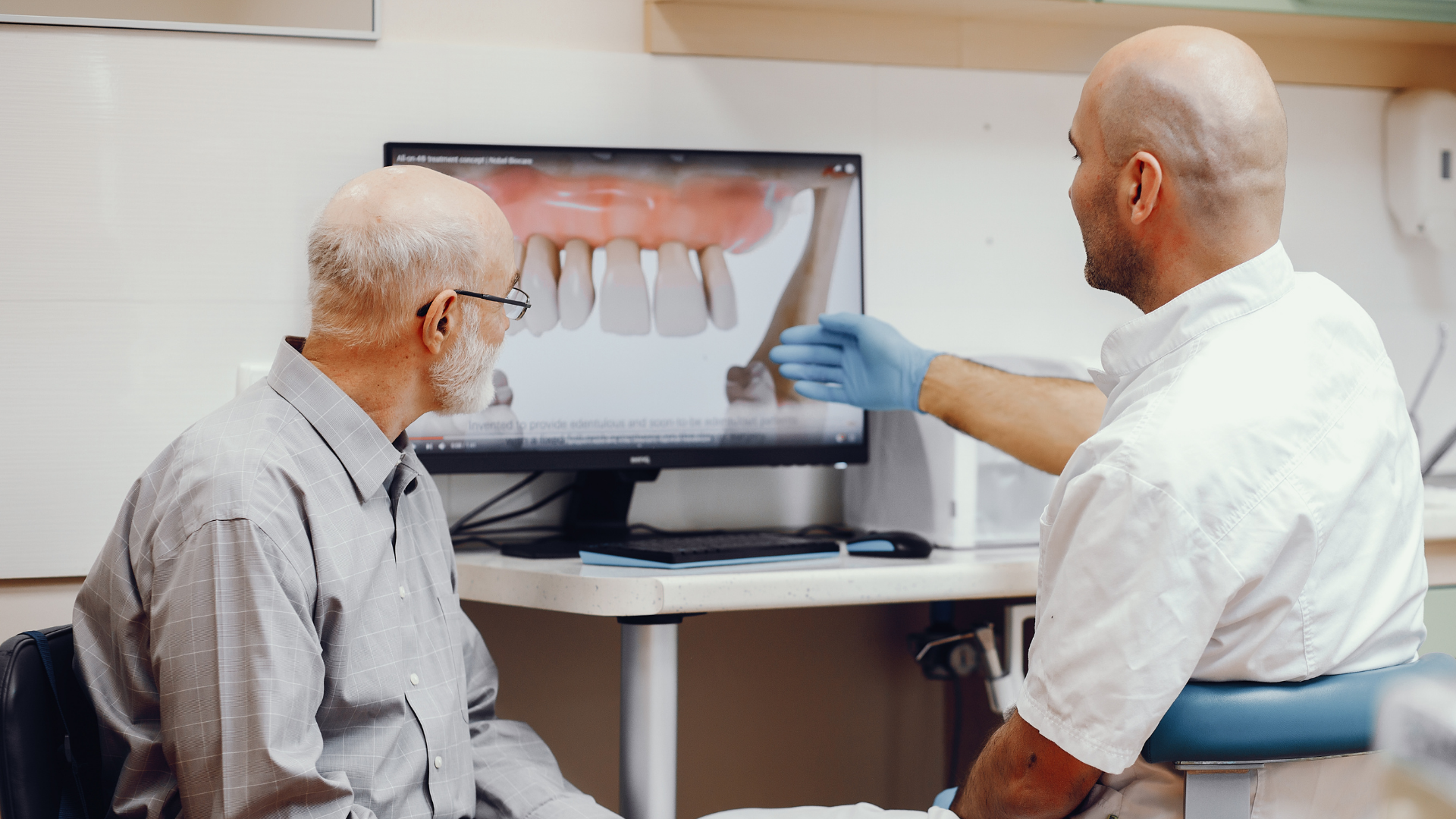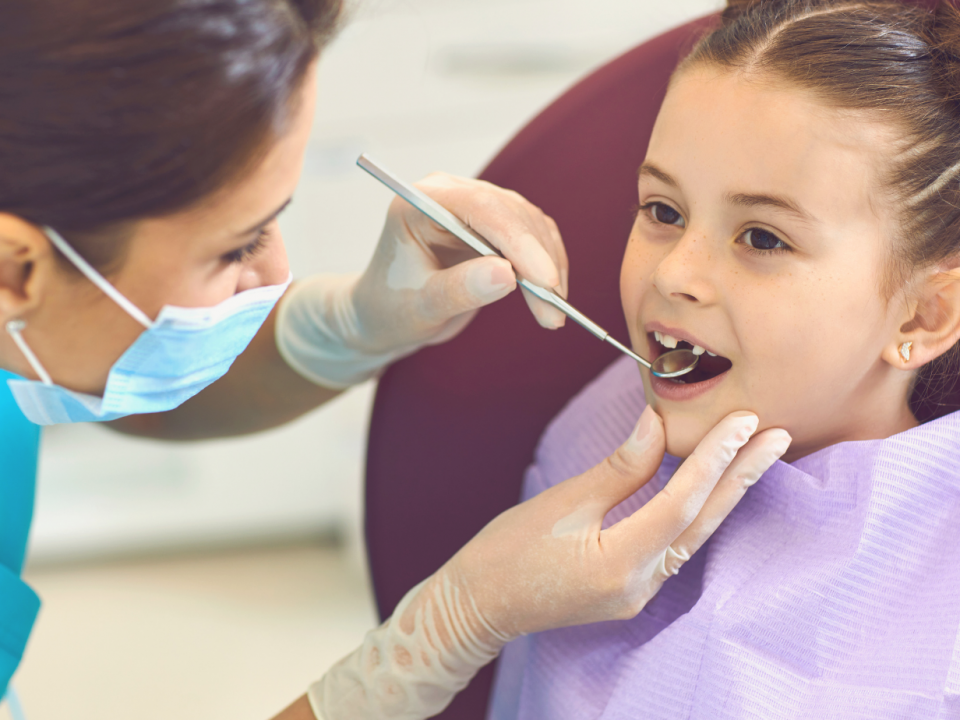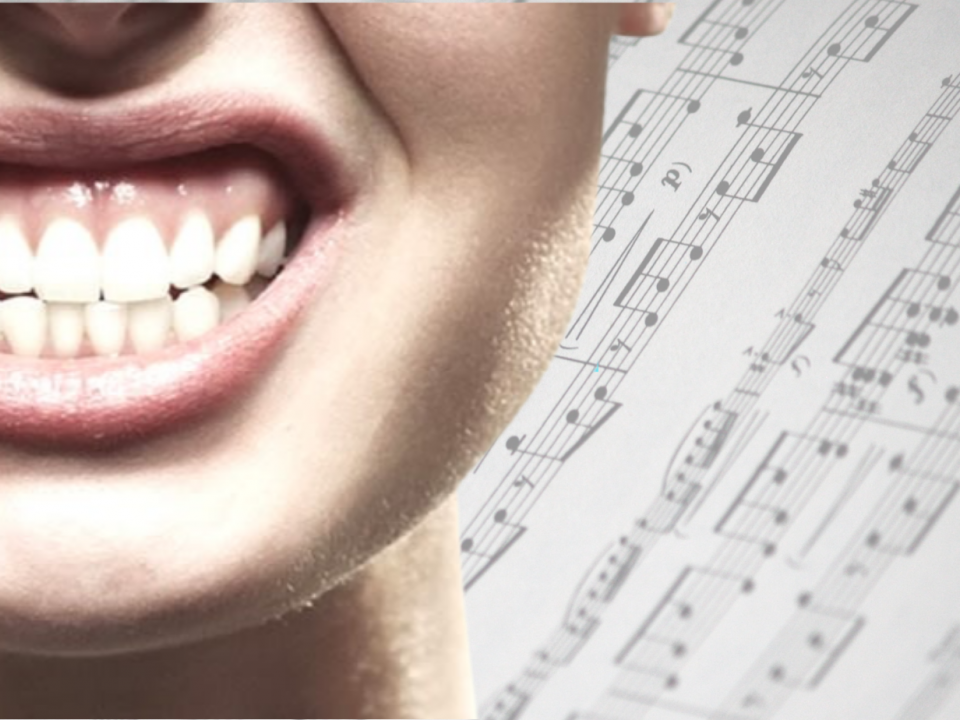
All-on-four® guided implant rehabilitation – Clinical case with EMG protocol proposal
28 October 2021
Teethan analysis as a tool to implement predictability in Full-Arch implant rehabilitations
13 November 2021How can the analysis of dental occlusion help to figure out bruxism?
The term parafunctions means a series of muscular activities without a specific purpose that justifies the movement. An example? The most known is the so-called bruxism, which can occur in two different ways.The first is called dynamic bruxism and consists of grinding teeth, especially during nighttime sleep. There is also the static bruxism which consists, instead, in continuously clenching the teeth. Both events are an increasingly widespread phenomenon affecting all sections of the population.
But what are the causes that give rise to this particular parafunction? The most common reasons belong to the psychological sphere: we are talking about stress, anxiety and anger accumulated over time. But to be honest, it can also be smoking and alcohol consumption.
Few people know, however, that even a bad dental occlusion can degenerate into bruxism. In a correct occlusion the teeth of the upper arch are correctly balanced with those of the inferior arch, otherwise, the mandible and maxilla do not follow the correct and natural alignment.
Thanks to Teethan, it is now possible to evaluate the state of your dental occlusion in just a few minutes and, thanks to the report generated at the end of the exam, it will be possible to take corrective therapy to achieve optimal conditions when necessary.




